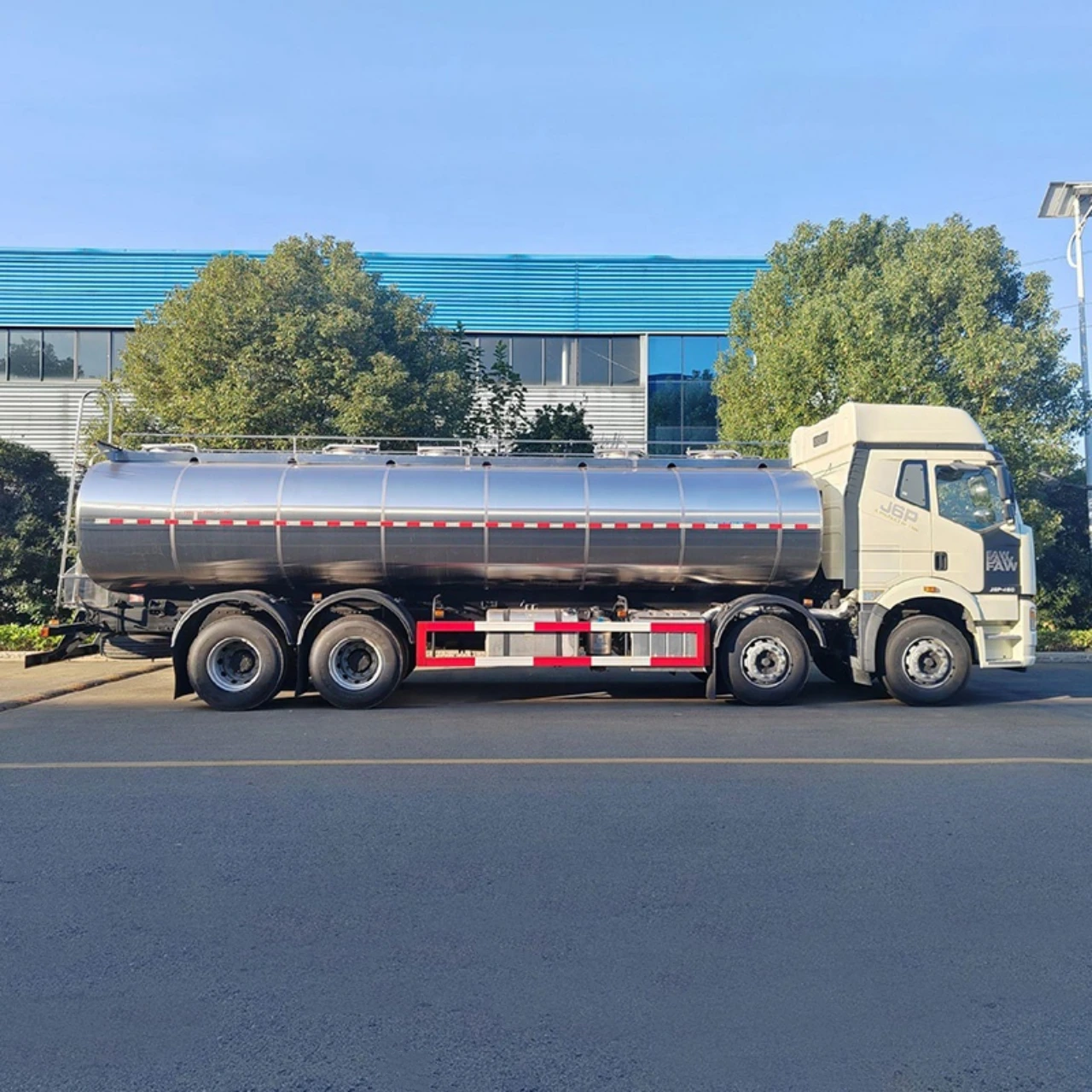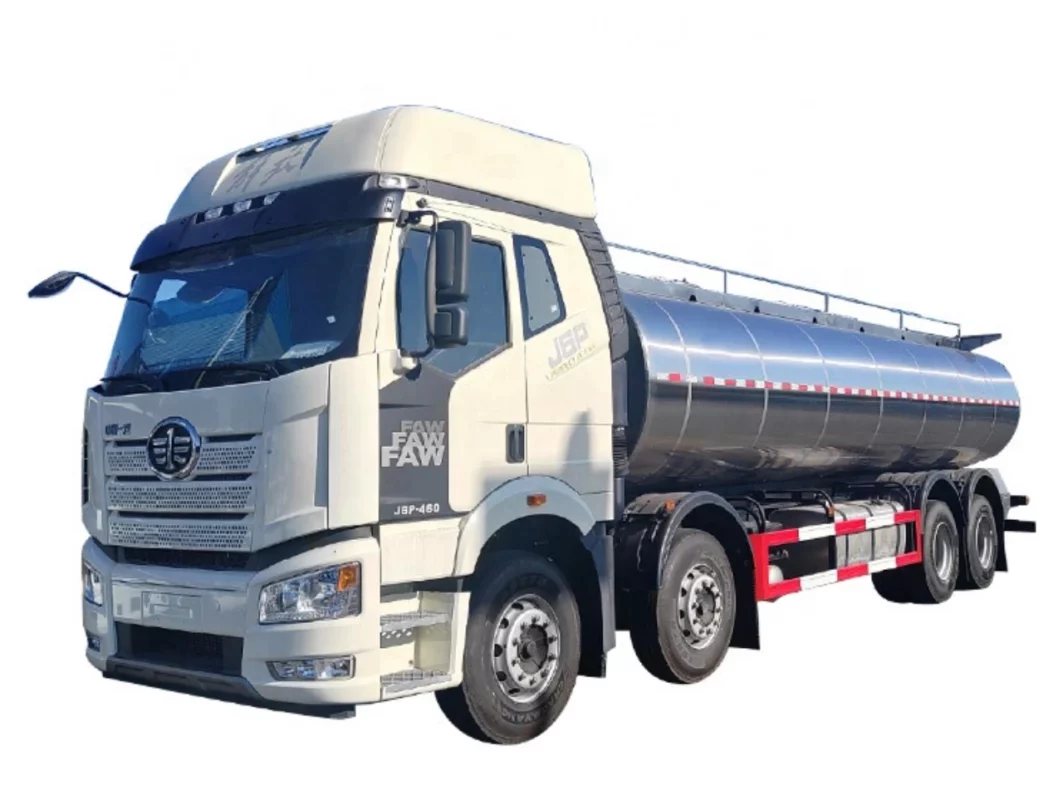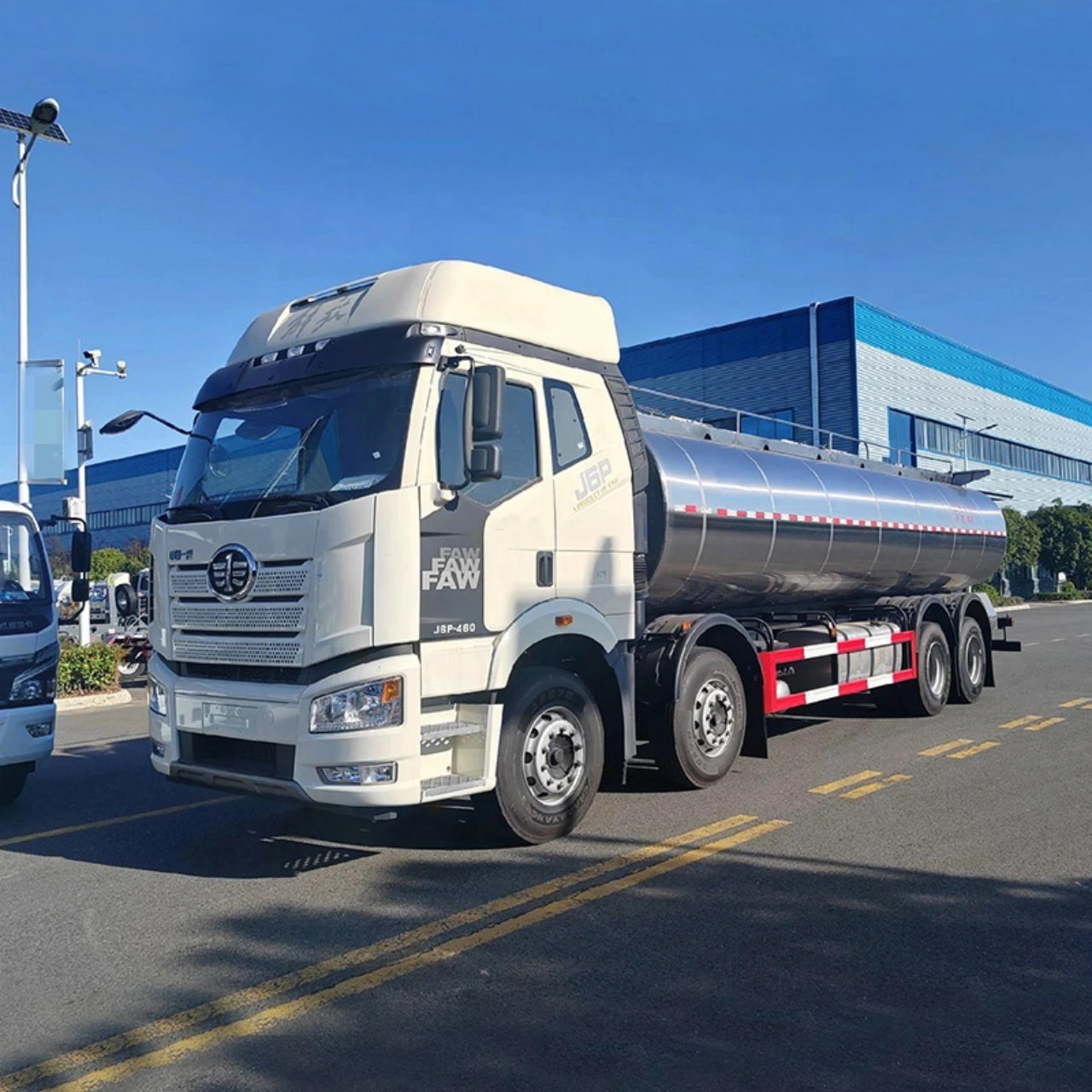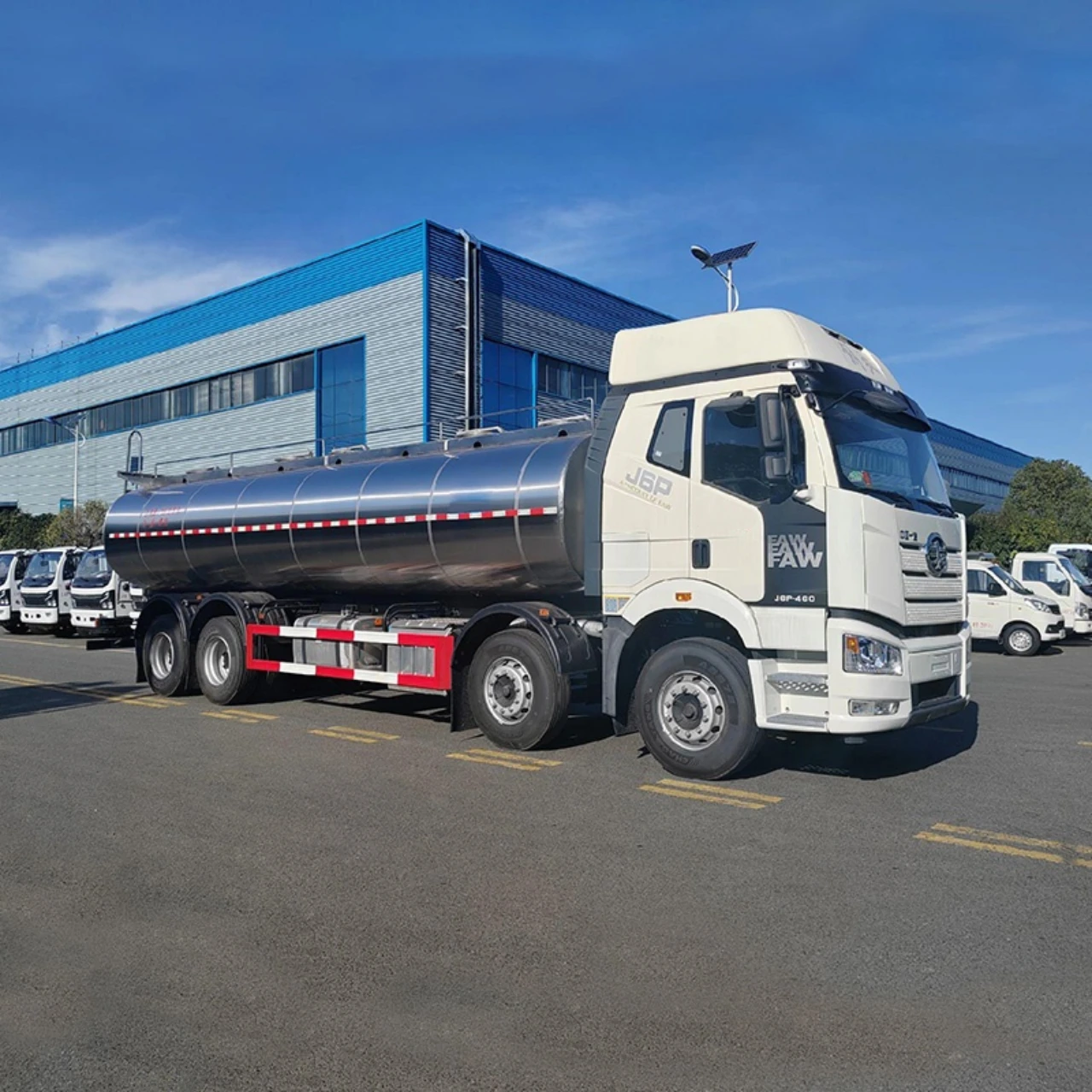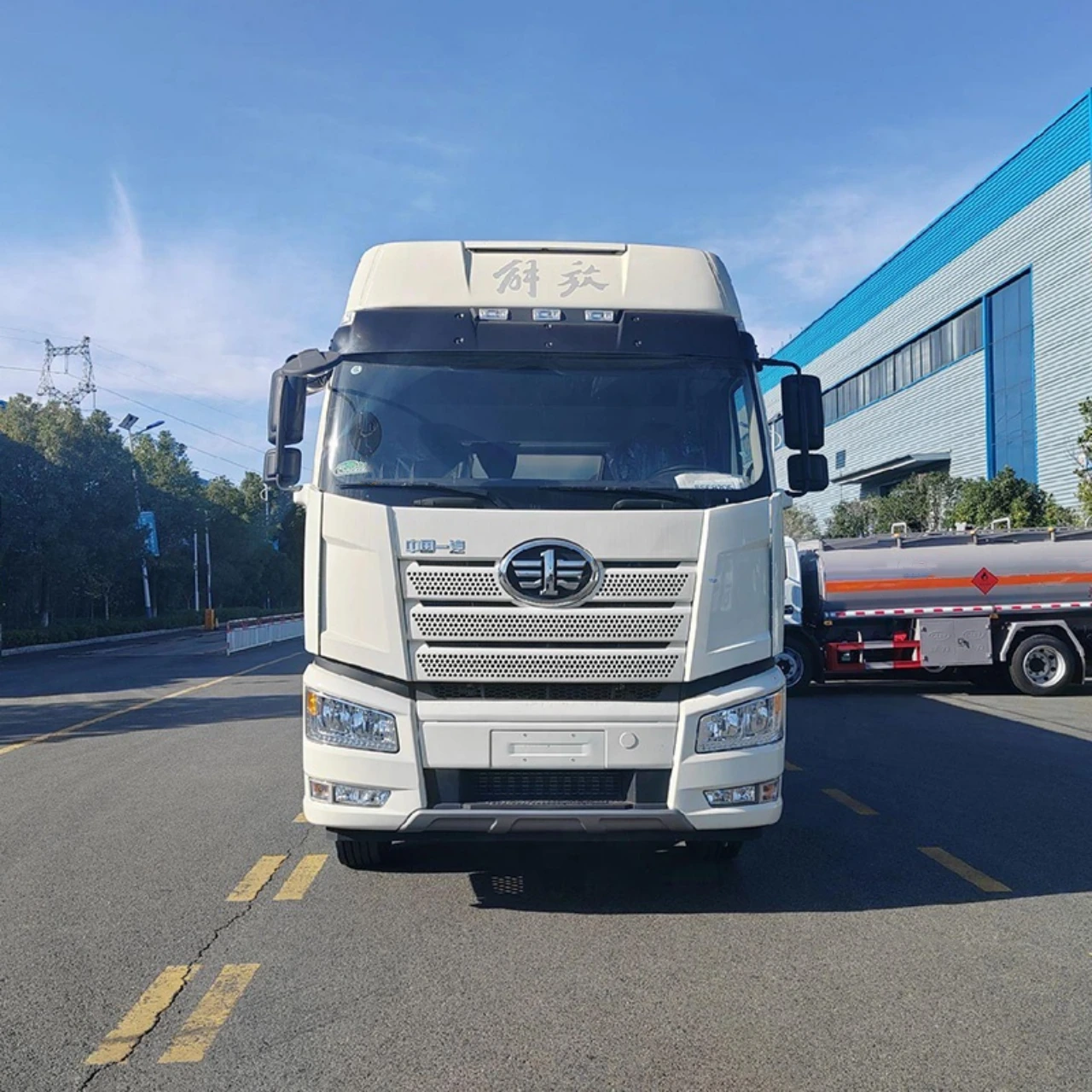When you see a milk truck driving along rural highways or parked outside a dairy farm, you’re witnessing 1 of the most critical links in the dairy supply chain. These vehicles aren’t just any ordinary trucks — they are specially engineered to safely transport thousands of liters of fresh milk from farms to processing plants. One of the most common questions people have about these trucks is: How big is the tank on a milk truck? The answer is more complex than a simple number, as it depends on several factors, including the truck type, route logistics, regional regulations, and dairy farm output.
What is a Milk Truck?
A milk truck, sometimes referred to as a bulk milk tanker, is a type of insulated or refrigerated tank truck designed to transport raw milk from dairy farms to processing facilities. The goal is to maintain the milk’s freshness, hygiene, and temperature during transit, usually keeping it at or below 4°C (39°F).
There are 2 major types of milk trucks:
- Farm Pickup Trucks: These are designed to collect milk from multiple dairy farms in a single trip.
- Line Haul Tankers: These usually transport milk in bulk over long distances between collection centers and processing facilities.
Both types may look similar but differ in design, tank configuration, and capacity.
Tank Size by Volume
The size of a milk truck tank can vary widely, but most fall within a general range depending on regional standards and vehicle size limits.
1. Small-Capacity Trucks
Smaller milk trucks, typically used for local collection from small or mid-sized dairy farms, may have tank capacities of:
- 2,000 to 4,000 gallons (7,500 to 15,000 liters)
These are commonly used in rural or mountainous regions where roads are narrow and weight limits are stricter. They might be built on medium-duty truck chassis like Isuzu, Hino, or smaller Freightliner models.
2. Standard Medium-Size Tankers
These are commonly used in suburban areas or for regional routes, with tanks holding:
- 4,000 to 6,000 gallons (15,000 to 22,500 liters)
This size is suitable for collecting from several mid-sized farms and delivering directly to a processing facility without multiple stops.
3. Large Bulk Tankers
Used primarily for long-distance hauling or high-volume dairy regions, these can hold:
- 6,000 to 8,000 gallons (22,500 to 30,000 liters)
In countries like the United States, Canada, and Australia, it’s common to see articulated tractor-trailer milk trucks with tanks as large as 8,000 gallons. In Europe, however, road restrictions and weight regulations often cap tank sizes around 30,000 liters or less.
Factors That Influence Tank Size
1. Road and Bridge Regulations
Weight restrictions on bridges and roads often dictate how large a tanker can be. For instance, in the U.S., the Federal Bridge Formula limits the weight a vehicle can carry depending on the number and spacing of its axles. This has a direct impact on milk truck tank sizes, especially in rural areas.
2. Farm Output Volume
The size of the tank is also determined by the amount of milk a farm or cluster of farms produces. Larger dairy farms, especially those with hundreds or thousands of cows, require more frequent pickups using higher-capacity trucks.
3. Regional Transport Rules
In countries like the U.K. or parts of the European Union, roadways are narrower and regulations are stricter, so milk trucks are often smaller. By contrast, North American and Australian highways are more accommodating of larger tankers.
4. Truck Configuration
Some milk trucks are rigid (single unit), while others are articulated (tractor and trailer). Articulated configurations allow for significantly larger tank sizes, especially when operating under specific transport permits for heavy agricultural goods.
Tank Construction and Compartments
Most milk truck tanks are made from food-grade stainless steel, which is easy to clean and highly resistant to corrosion. The tanks are typically double-walled and insulated, allowing the milk to stay cold for extended periods without refrigeration.
Larger tanks are often divided into compartments, allowing milk from different farms to be stored separately. This compartmentalization also helps stabilize the vehicle by preventing liquid sloshing, which can cause handling problems, especially in curved or hilly terrain.
For instance, an 8,000-gallon tank might be split into 4 compartments of 2,000 gallons each. This allows for partial unloading and maintains load balance and hygiene.
Loading and Unloading Systems
The tanks are filled using a vacuum or pump system through sealed hoses that connect to milk storage silos at the farm. Once at the processing plant, milk is typically offloaded using gravity or pumps into large holding tanks for pasteurization.
Each time milk is collected, the truck driver (who is often also a certified milk grader) performs initial quality checks for temperature, appearance, and odor. Milk samples are taken to ensure the batch is safe and meets regulatory standards.
Special Considerations
Temperature Control
Maintaining milk at the proper temperature is critical. Even large-capacity trucks without mechanical refrigeration rely heavily on thermal insulation to keep milk cold during transit, usually within a 24-hour window.
Cleaning and Sanitation
Milk tanks must be thoroughly cleaned and sanitized after every delivery. Most trucks are equipped with CIP (Clean-In-Place) systems that circulate cleaning solutions through the tank and hoses without disassembly.
Weighing and Documentation
Milk trucks are also part of the logistics chain that includes digital weighing systems and load tracking. The weight of milk picked up from each farm is recorded and tracked to ensure transparency in billing and quality control.
Final Thoughts: The Bigger Picture
So, how big is the tank on a milk truck? It can range from 2,000 gallons (7,500 liters) in small trucks to 8,000 gallons (30,000 liters) or more in large, articulated units. The exact size depends on multiple variables, including geography, infrastructure, farm production, and regulations.
Regardless of size, milk trucks play an essential role in preserving the integrity of one of the world’s most widely consumed commodities. Behind every carton of milk is a carefully coordinated system involving science, engineering, and logistics, and at the heart of it all is the milk truck and its stainless steel tank.
